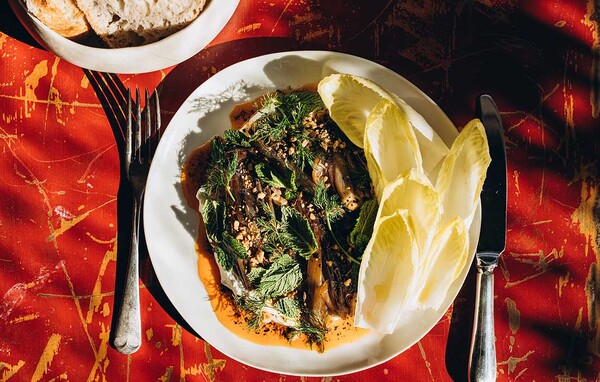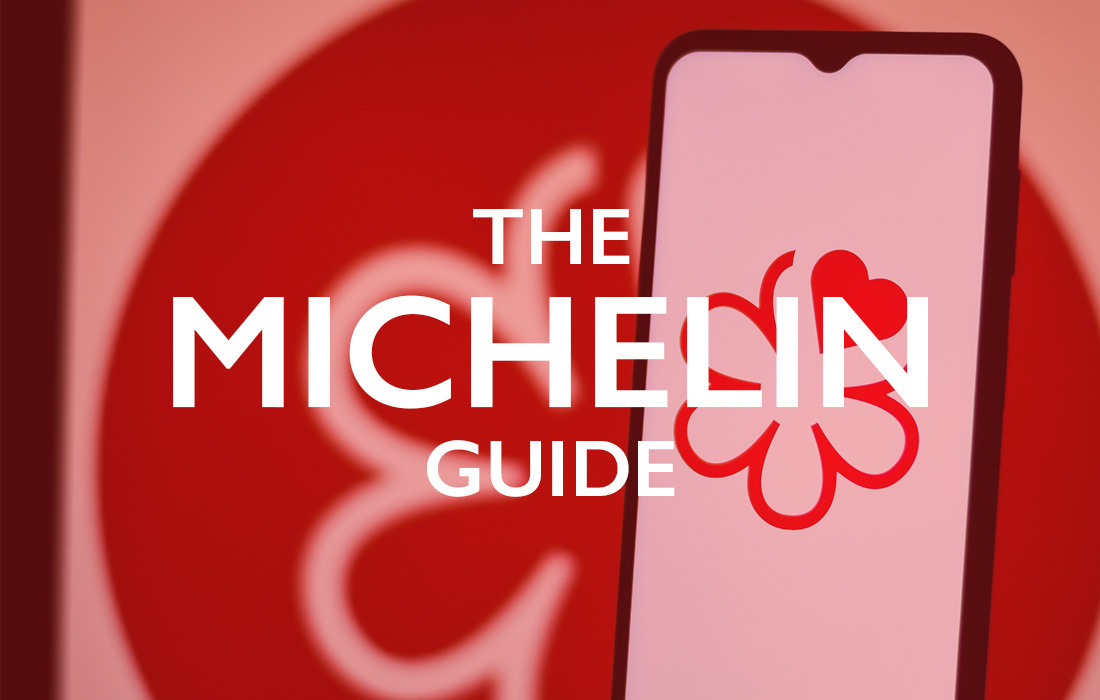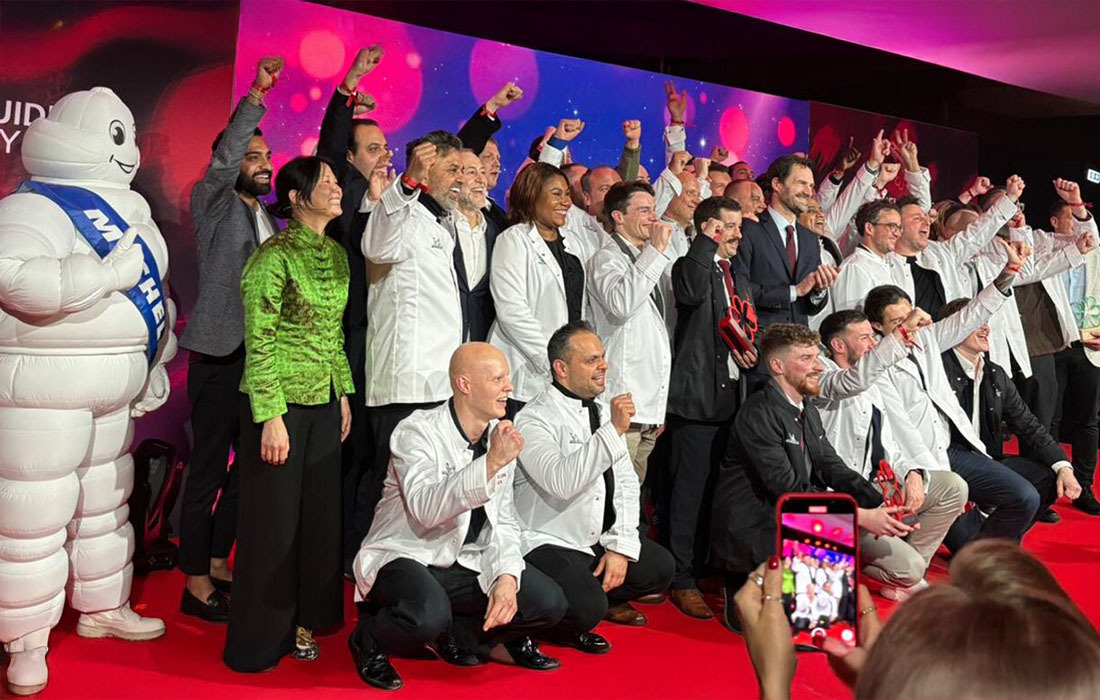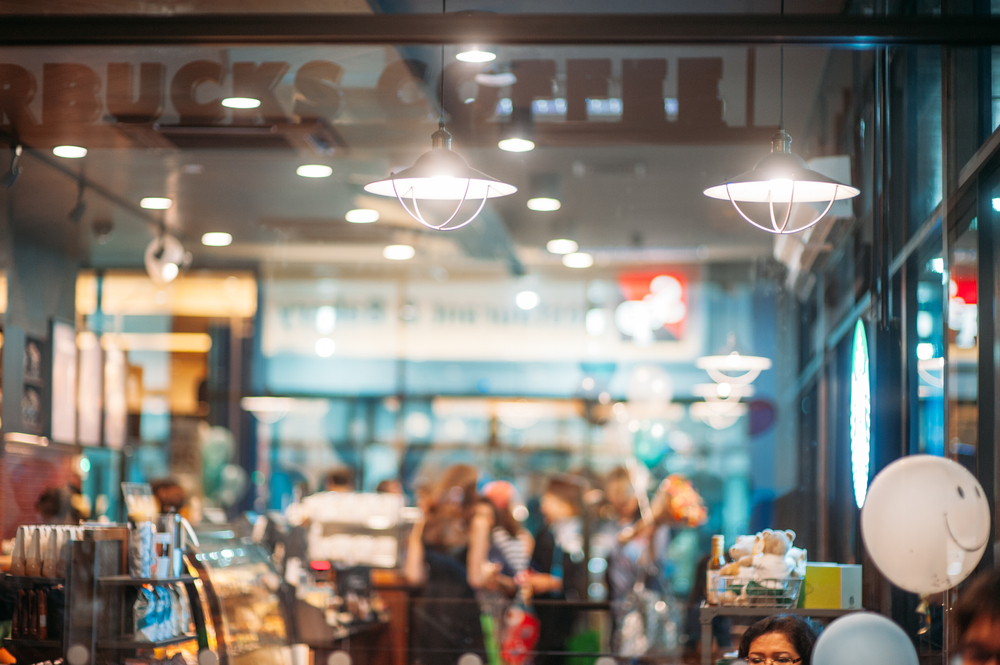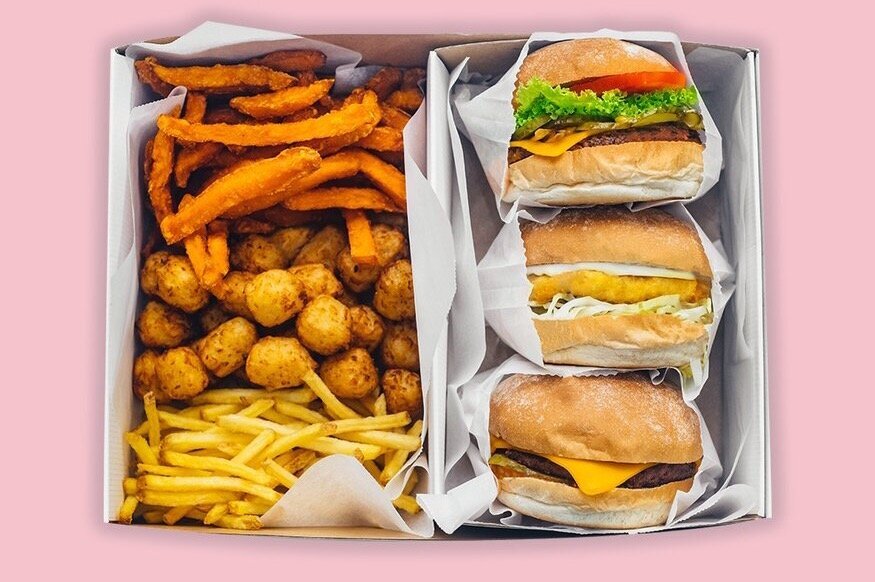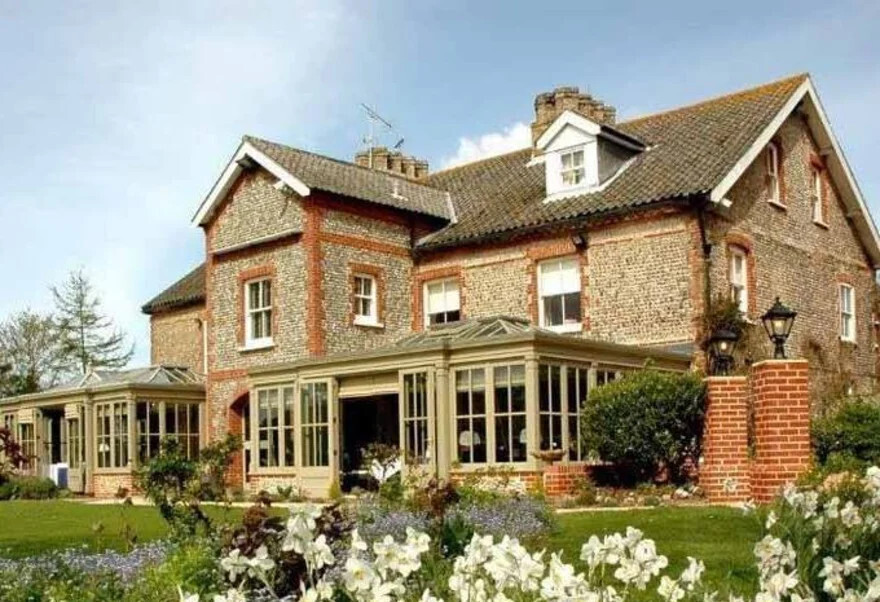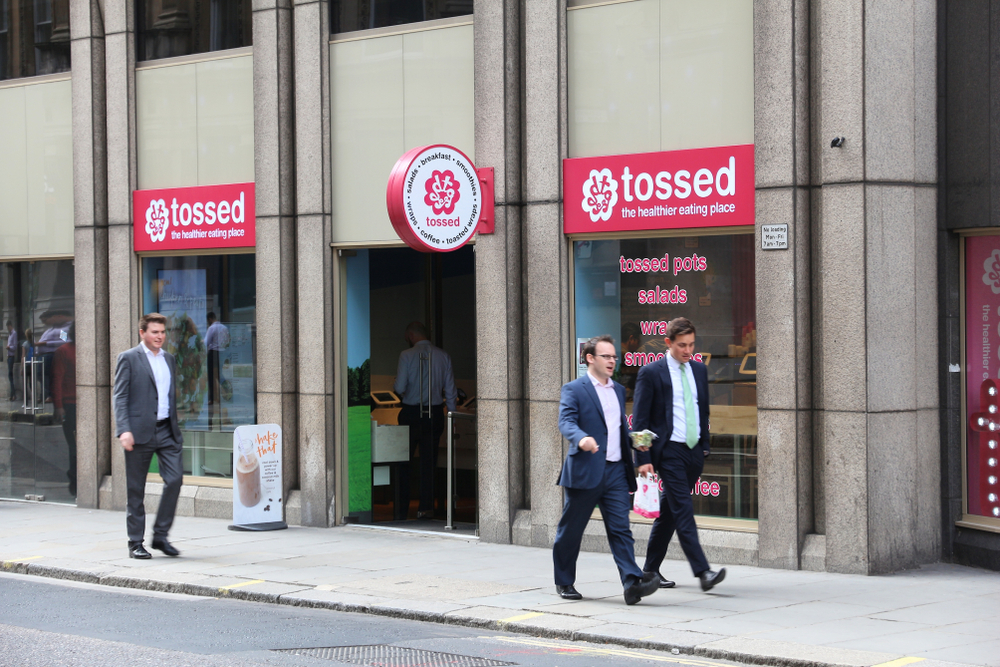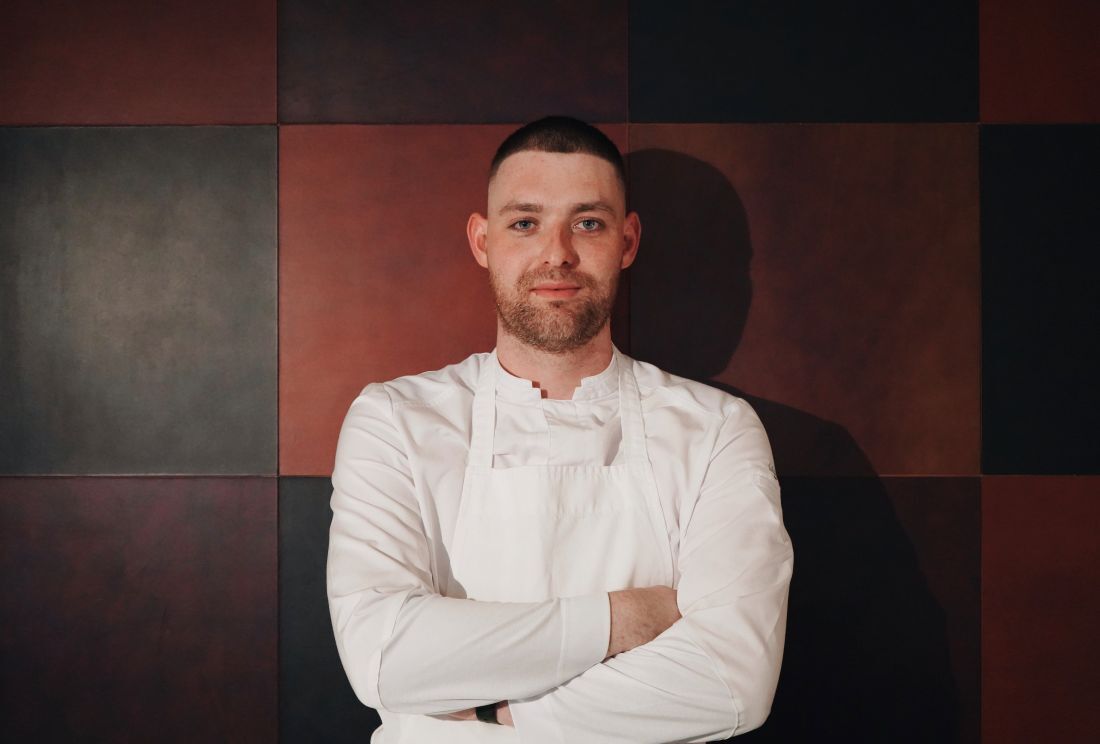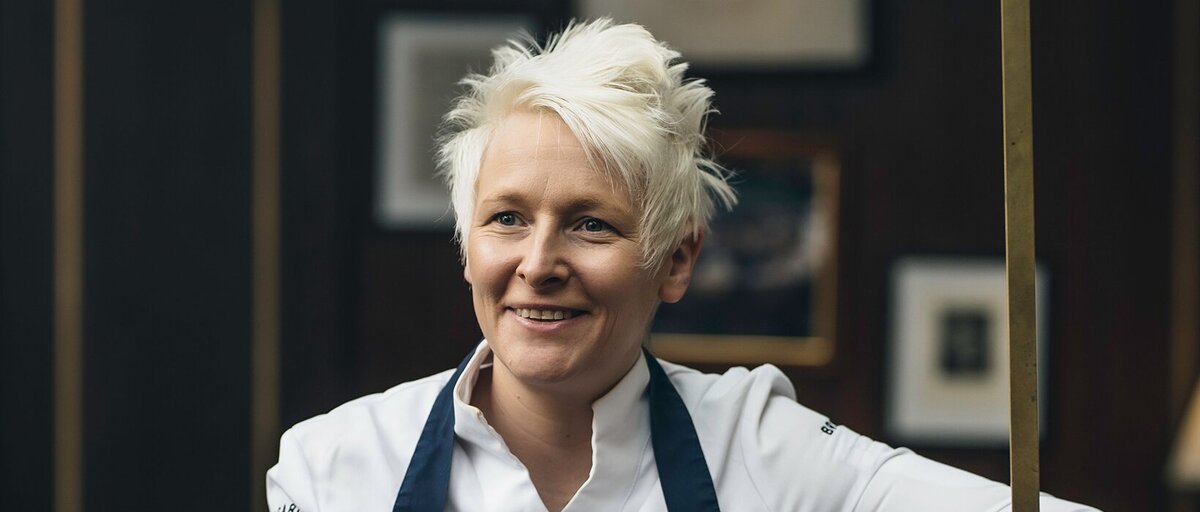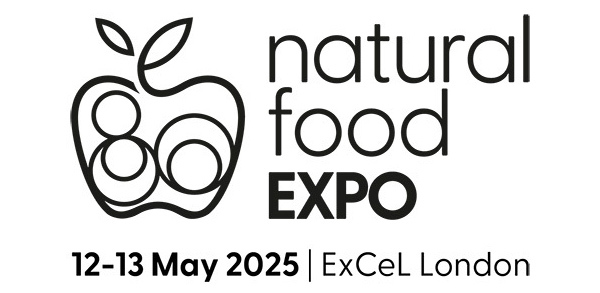Michelin Guide: How do inspectors award the stars?
For chefs across the world, winning a Michelin star is the ultimate sign of success. But what does it mean? And how do restaurants achieve the accolade?
The Michelin Guide Great Britain & Ireland marked its 50th anniversary in 2024 with a ceremony at Manchester’s Midland hotel. Some 25 restaurants from across the country received new stars in a list that showcased a diversity of cuisines.
The Caterer sat down with Gwendal Poullennec, international director of the Michelin Guides, and the red book’s anonymous chief inspector to discuss the list and how restaurants are selected. Here’s what we learned.
Who are the Michelin inspectors?
Inspectors are full-time employees with professional backgrounds who exclusively work for Michelin. They dine out almost 300 times a year on average, which means that it is “never difficult to eat fantastic cooking”, according to the chief inspector.
Although the total number of Michelin inspectors is kept closely under wraps, Poullennec revealed they represent more than 25 different nationalities between them.
He said UK-based inspectors are asked to be involved in all the guides worldwide to ensure they have “the openness to recognise the quality of all the different cooking styles”. So, if a Japanese restaurant in London was in the running for a star, a British inspector would be given the opportunity to travel to Japan to gain an understanding of Japanese cuisine, while Japanese inspectors would also be invited to the UK to ensure the consistency of the rating across the world.
What criteria does Michelin use?
The chief inspector said the team follow a rigorous methodology that is over 100 years old.
“The way we look at food is no different to the way chefs look at food,” he said. “The quality of the ingredients, harmony of the flavours, personality, consistency – these are all things that they look for and that doesn’t change. We make sure that around the globe we are making the same decisions and recognising the same level of cuisine.”
Poullennec said the best inspectors are open-minded and possess a deep knowledge of all the different cooking styles. Their restaurant reports are shared with other inspectors and the decision to award a star is a team decision.
All inspections are carried out anonymously and the same inspector never returns to the same restaurant. They never receive VIP treatment and always pay their own bill. “We are like any other regular guest,” said Poullennec. “We blend in the crowd.”
Inspectors visit every restaurant in the Michelin guide
According to Poullennec, consistency means a lot for Michelin. The guides have been around for more than 124 years in France, and the inspectors continue to apply the same approach when it comes to their selections today.
Despite the increasing democratisation of restaurant recommendations through platforms such as Instagram and even artificial intelligence (AI) software such as ChatGPT, Poullennec said diners still want the human touch.
“The Michelin Guide is not an algorithm. It’s human. It’s people that have been trained that have a deep knowledge of the industry that are eating out, lunch and dinner, to find the hidden gems. At the core, it’s independence. We are working not for the chefs and not for the industry. We have good connections with them, and we are proud of that, but we are working, ultimately, for the people going out to the restaurants, and we hope to share with them the most relevant, up-to-date advice.”
Michelin hopes to recognise more women
Every year, Michelin faces questions about the lack of female chefs represented in the guide.
“We do recognise that at the star levels, there are fewer women chefs than male chefs. That’s a matter of fact,” Poullennec admitted. However, he said there were no plans to introduce quotas around gender, styles of cooking or the location of the restaurant, as this would go against Michelin’s methodology.
Poullennec said whenever a female-led restaurant is awarded a star – as Adejoké Bakare’s Chishuru in London was this year – Michelin tries to “make the most of it and really consider them as role models to lead all the people to join the industry”.
He also pointed out stars are awarded to the entire restaurant, even if there is only one chef who receives the award on stage. “There are more and more women joining the restaurant teams, so hopefully in the years to come, there will be more women reaching the head chef position,” he said.
The chief inspector added: “Fundamentally, what we’re looking at here is recognising the quality of the cooking. It’s not so much the gender of the person who has cooked it.”
What Michelin stars mean
One Michelin star: A very good restaurant or pub in its category
The star indicates a good place to stop on your journey. But beware of comparing the star given to an expensive de luxe establishment with that of a simple restaurant where you can appreciate fine cooking at a reasonable price.
Two Michelin stars: Excellent cooking, worth a detour Specialities and wines of first class quality. This will be reflected in the price
Three Michelin stars: Exceptional cuisine, worth a special journey
One always eats here extremely well, sometimes superbly. Fine wines, faultless service, elegant surroundings. One will pay accordingly!
All the restaurants across the UK to have a Michelin star
One-Michelin-starred restaurants in London >>
One-Michelin-starred restaurants in the UK and Ireland >>
Two-Michelin-starred restaurants in the UK & Ireland >>
Three-Michelin-starred restaurants in the UK & Ireland >>
Green Michelin starred restaurants in the UK & Ireland >>
All we know about Michelin keys>>


